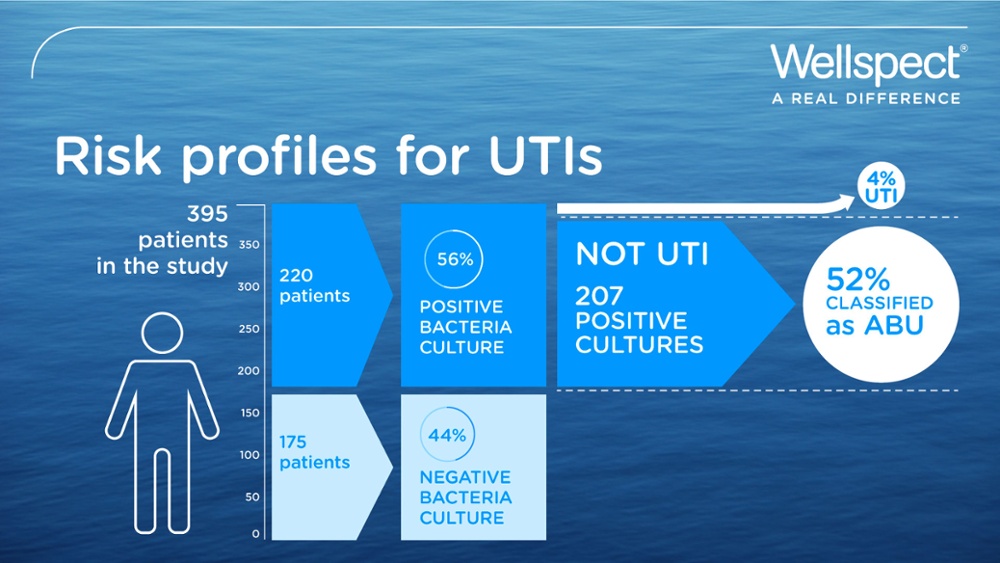In the current article the risk profiles are defined for frequent and/or severe febrile UTIs requiring hospital treatment. From the results obtained in this study a basic strategy for treatment of symptomatic infections is formulated.
Urinary tract infection (UTI) is a common complication in patients with SCI and may cause or worsen autonomic symptoms with a huge impact on quality of-life.
The basic characteristics regarding urinary tract function among patients with a traumatic spinal cord injury were presented in a previous report from the Stockholm Spinal Cord Uro Study. In the previously published article by Farrelly et al., they have now further explored the frequency, symptoms, treatment and risk factors for UTI.
The results indicate that risk profiles for more frequent and/or more severe, febrile UTIs are multifaceted and include higher neurological levels and more severe SCI, longer duration of injury, higher age, catheter-assisted voiding and a co-variation with other SCI-related complications, particularly spasticity and neurogenic pain.
In the first step of this study the authors investigated the basic characteristics of the patient group and UTIs were reported as the most common complication, experienced by 44% during the preceding year. Two sub-groups of patients with further problems were identified: those who had many infections and those who had severe, febrile infections requiring treatment in hospital. In comparison, other urogenital complications were reported at low frequencies, 3–5%. In the current article the risk profiles for frequent and/or severe febrile UTIs requiring hospital treatment were defined. All these factors should be taken into account when making the treatment strategies, along with knowledge of the local bacterial environment and the challenging problem with antibiotic resistance.
An urgent issue is the presence of multiresistant bacteria, which calls for restrictive use of antibiotics. The medical professions must promote acceptable methods for patients to live with asymptomatic bacteriuria (ABU), while treating promptly when infection related symptoms occur. To establish common prevention and treatment programmes for UTIs is an important challenge among the different medical specialists involved in SCI care.
In the current article the risk profiles are defined for frequent and/or severe febrile UTIs requiring hospital treatment. From the results obtained in this study of a regional prevalence population, a basic strategy for treatment of symptomatic infections is formulated. The authors emphasize the importance to look at the risk factors as multifaceted. The method of voiding is important, but also the neurological level and severity of injury, additional SCI-related complications and the need for assistance from others in bladder management.




